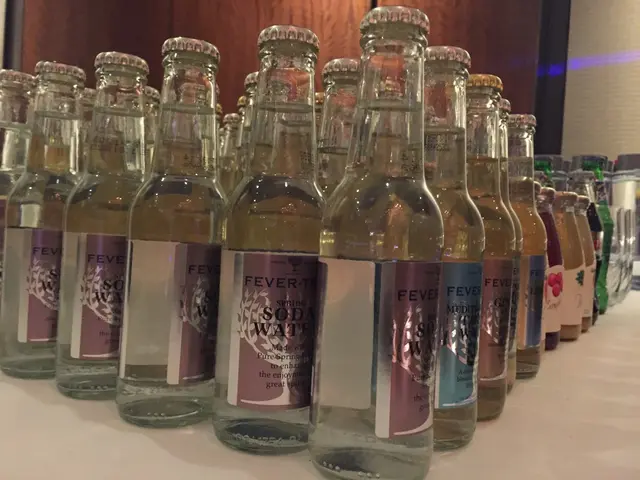Agency plans to remediate polluted water and soil at a previously Sherwin-Williams-owned facility in South Jersey
Cleanup of Toxic Sherwin-Williams Site Progresses in Gibbsboro, New Jersey
The cleanup of the former Sherwin-Williams site in Gibbsboro, New Jersey is currently at the public comment stage under the Superfund program. The U.S. Environmental Protection Agency (EPA) has proposed a remediation plan to address groundwater contamination by stimulating natural bacteria to break down toxic chemicals such as arsenic, lead, and other metals.
The cleanup is progressing with soil removal and chemical recovery already underway to prevent further groundwater contamination. The EPA's work includes providing clean air, land, and water for everyone, and this cleanup is no exception.
Residents can provide public comment on the plan from July 27, 2025, until August 26, 2025. A public meeting was held on August 7, 2025, at the Gibbsboro Senior Center (772 Pole Hill Park Drive, Gibbsboro, NJ). During the meeting, the EPA presented the proposed plan, site history, and the Superfund process, and community members had the opportunity to give feedback.
To participate or review the plan, residents can access the Proposed Remedial Action Plan and community update on the EPA’s website for the Sherwin-Williams site, attend public meetings (if upcoming), or submit comments via mail, phone, or email to Maya Greally, EPA Community Involvement Coordinator.
This involvement helps the EPA finalize the cleanup decision after considering community input. The overall aim is to implement a remediation that protects human health and the environment efficiently and permanently.
The site, which includes three locations in Gibbsboro and Voorhees, New Jersey, was contaminated with toxic chemicals due to decades of dumping burnt paints and solvents. The EPA added the property to the federal National Priorities List in 2008.
A class-action lawsuit alleging nearby residents developed cancer and other serious illnesses as a result of the contamination was dismissed by a judge in 2018. The EPA will continue to restrict the use of groundwater and conduct regular water testing.
The cleanup moves the site one step closer to a full cleanup, providing health and economic benefits to the community, as stated by EPA Regional Administrator, Mike Martucci. Residents are encouraged to stay informed and participate in the process to ensure a safe and healthy environment for all.
[1] EPA (2025). Proposed Remedial Action Plan for the Sherwin-Williams Site, Gibbsboro, New Jersey. Retrieved from https://www.epa.gov/superfund/sherwin-williams-site-gibbsboro-new-jersey
[2] EPA (2025). Community Involvement for the Sherwin-Williams Site, Gibbsboro, New Jersey. Retrieved from https://www.epa.gov/superfund/community-involvement-sherwin-williams-site-gibbsboro-new-jersey
[3] EPA (2025). Superfund: Cleaning up America's Most Hazardous Waste Sites. Retrieved from https://www.epa.gov/superfund
- The EPA's proposed remediation plan for the contaminated Sherwin-Williams site in Gibbsboro, New Jersey aims to address groundwater contamination by stimulating natural bacteria, a process often associated with environmental science.
- The cleanup progress at the Sherwin-Williams site is part of a larger initiative to protect human health and the environment, aligning with the goals of both the environmental science field and the industry's responsibility towards the environment.
- The cleanup and subsequent remediation of the Sherwin-Williams site, which has been funded by the EPA, is expected to have positive impacts on the local community's health and possibly lead to economic benefits, linking the environmental initiative to the broader financial and energy sectors.




